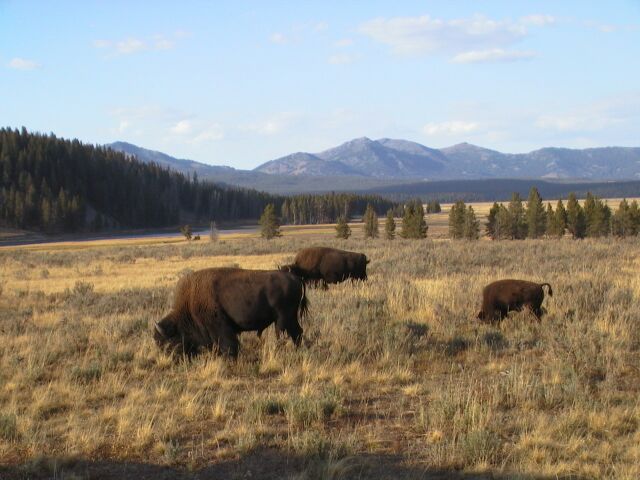
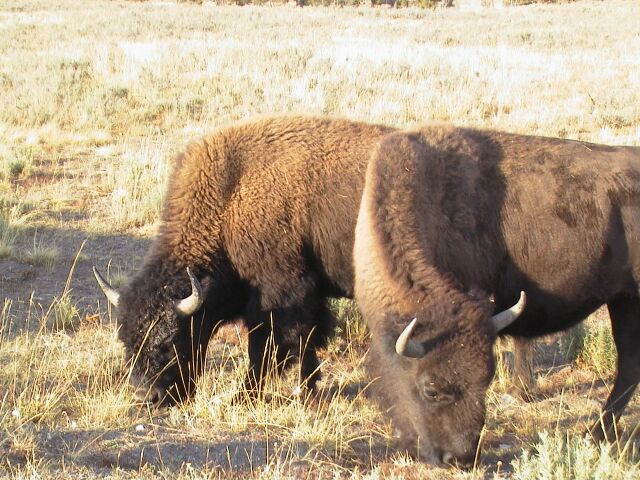
Hooves
Here we have the bottom and side view of a front hoof from Jim Halfpenny's ungulate collection. Note that the hoof is wider and more squared off than elk. The pad at the rear of the clout comes further forward on the inside than it does for elk.

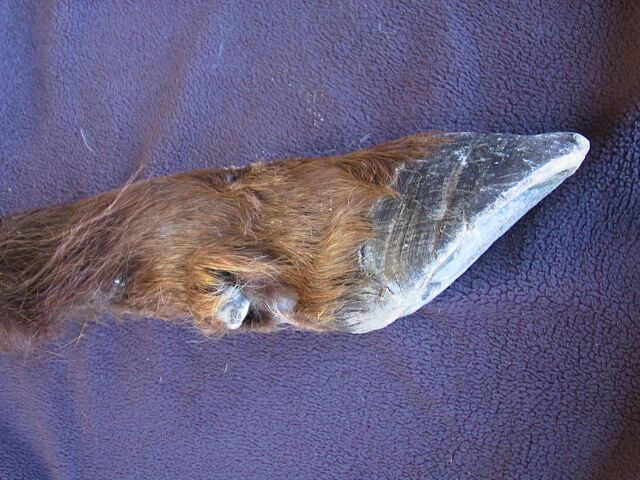
Tracks
Bison herds will have calves and immature animals so be prepared for a wide range in hoof size.
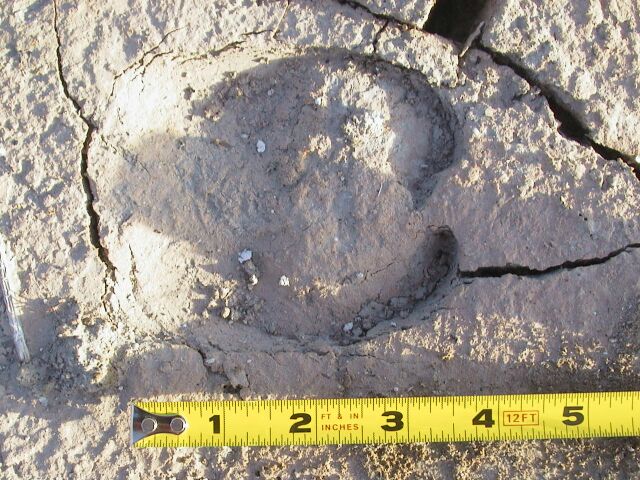
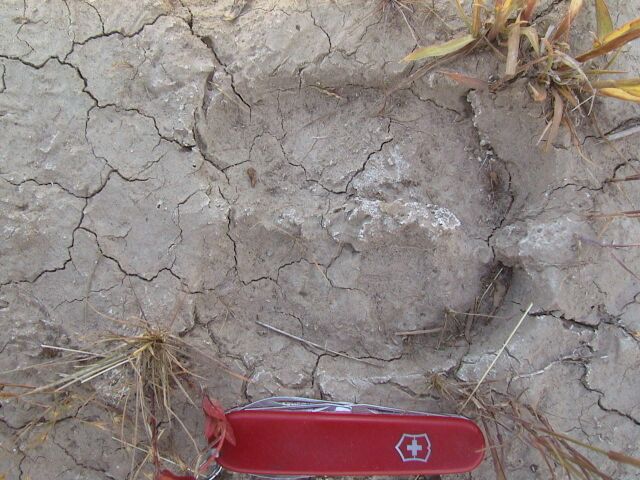
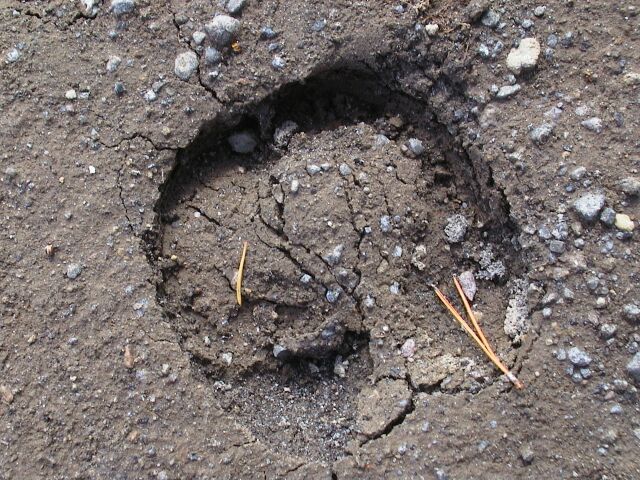
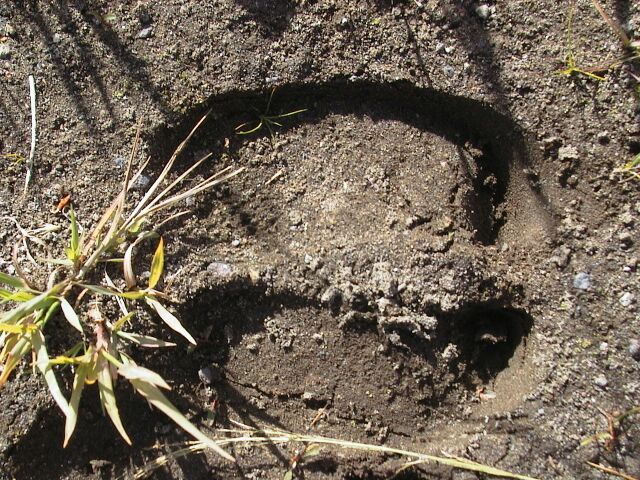
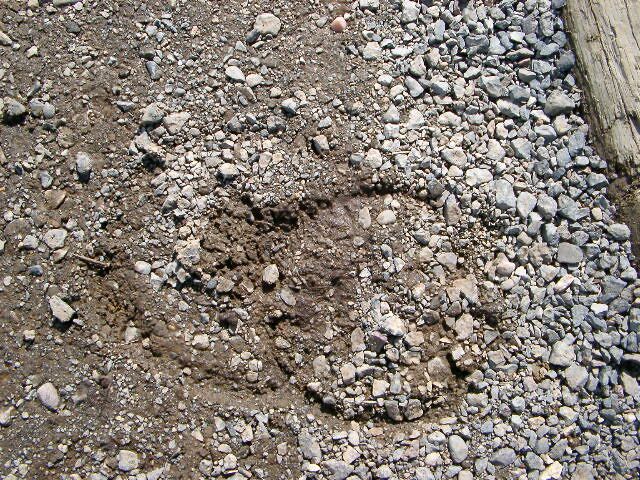
Rub . Wallow. Grazing. Scat. Bison scat comes in various forms depending on diet. Here is a "buffalo chip". Winter scat tends to look like a stack of pancakes. A track showing good detail including dew claws. Note that the pad extends from the rear
up the inside of the clout. This can be helpful in distinguishing from elk. A trail in moderate snow. Bison have relatively short legs and must bound in the deeper drifts. Bison move their head back and forth to sweep the snow away from the grass with their beard.
When snow on the valley floor ices over after thaws, they move to drifts like this where they can
still get to the grass. Young bulls butting heads. Try lifting a bison skull and you will gain an appreciation for the amount of weight supported
by their massive neck.Other Sign
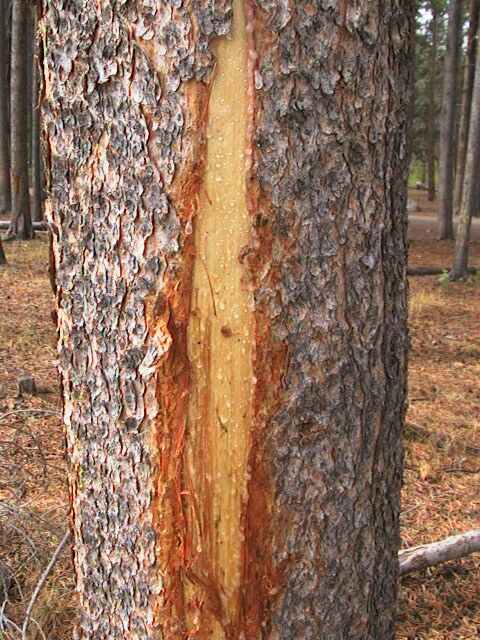
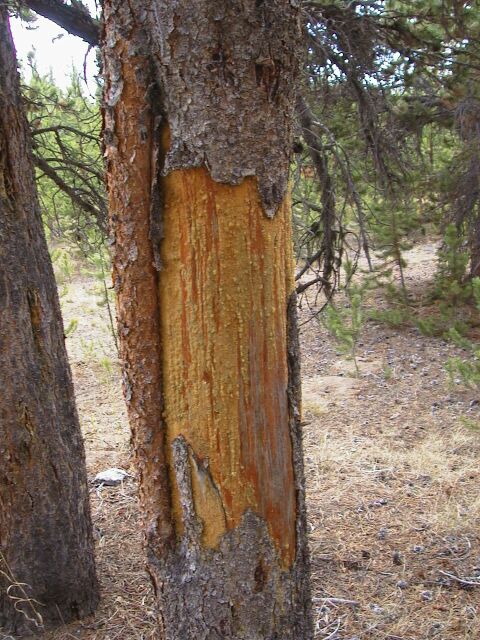
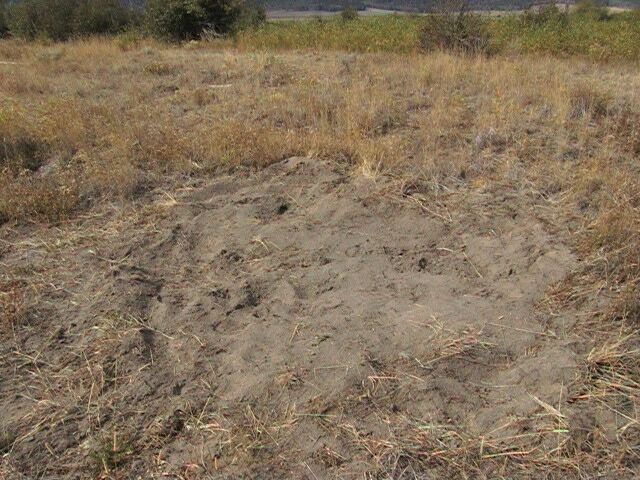
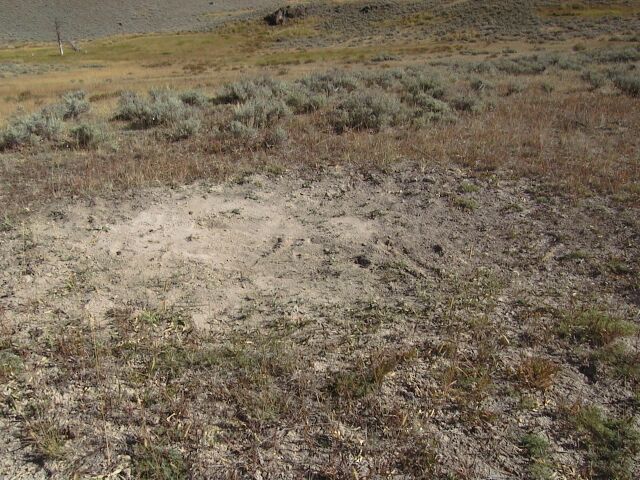
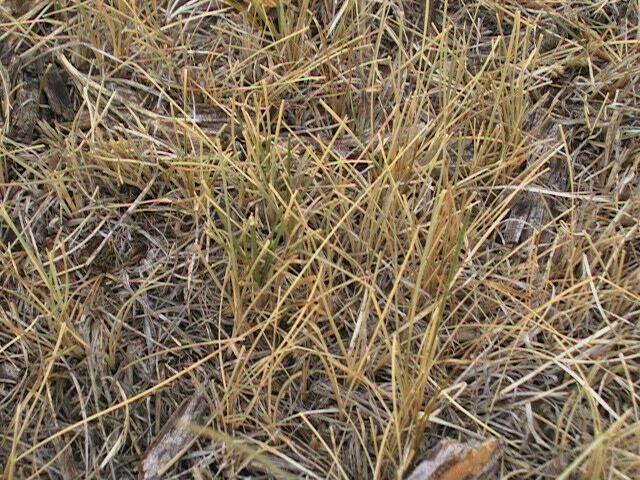

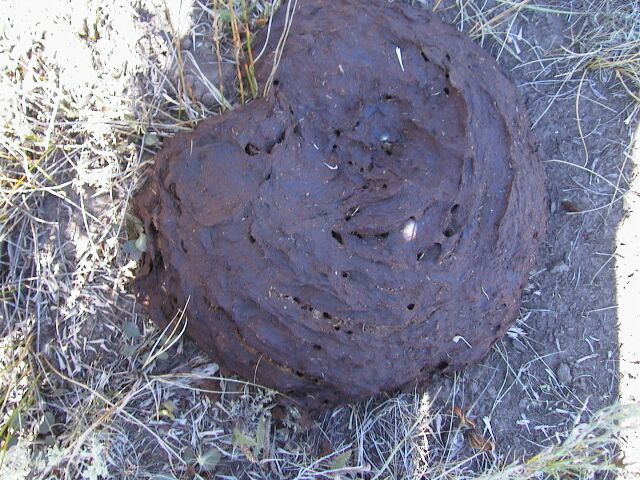
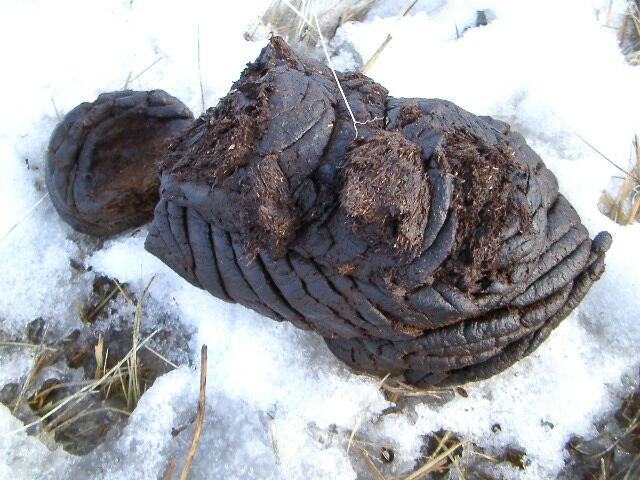
Snow
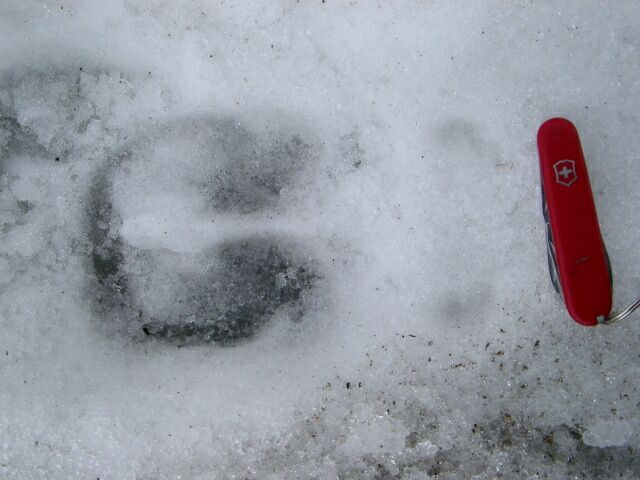
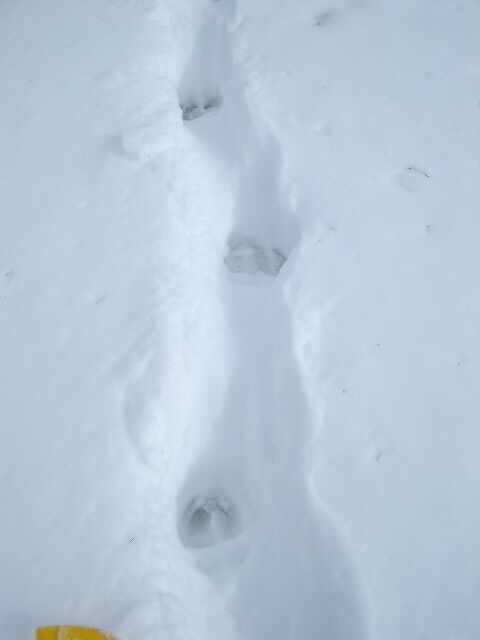

Behavior

Skull
